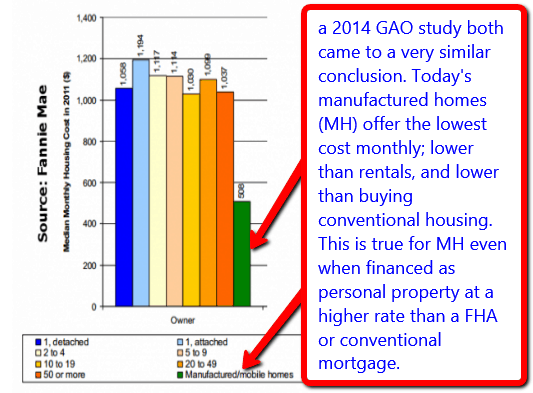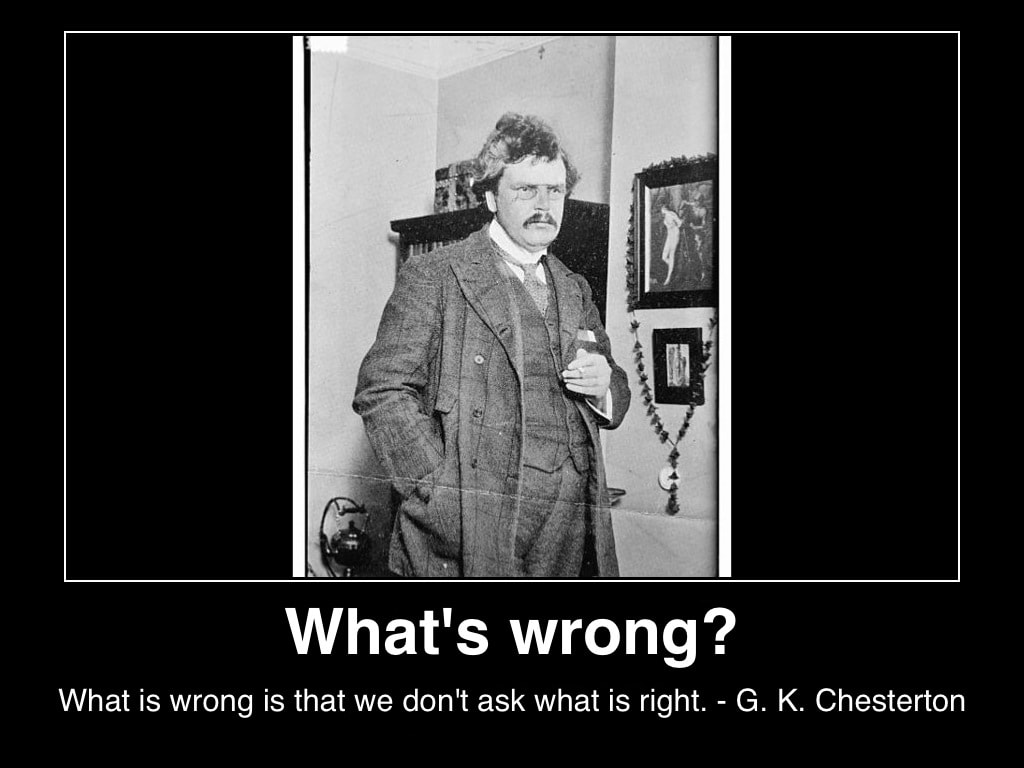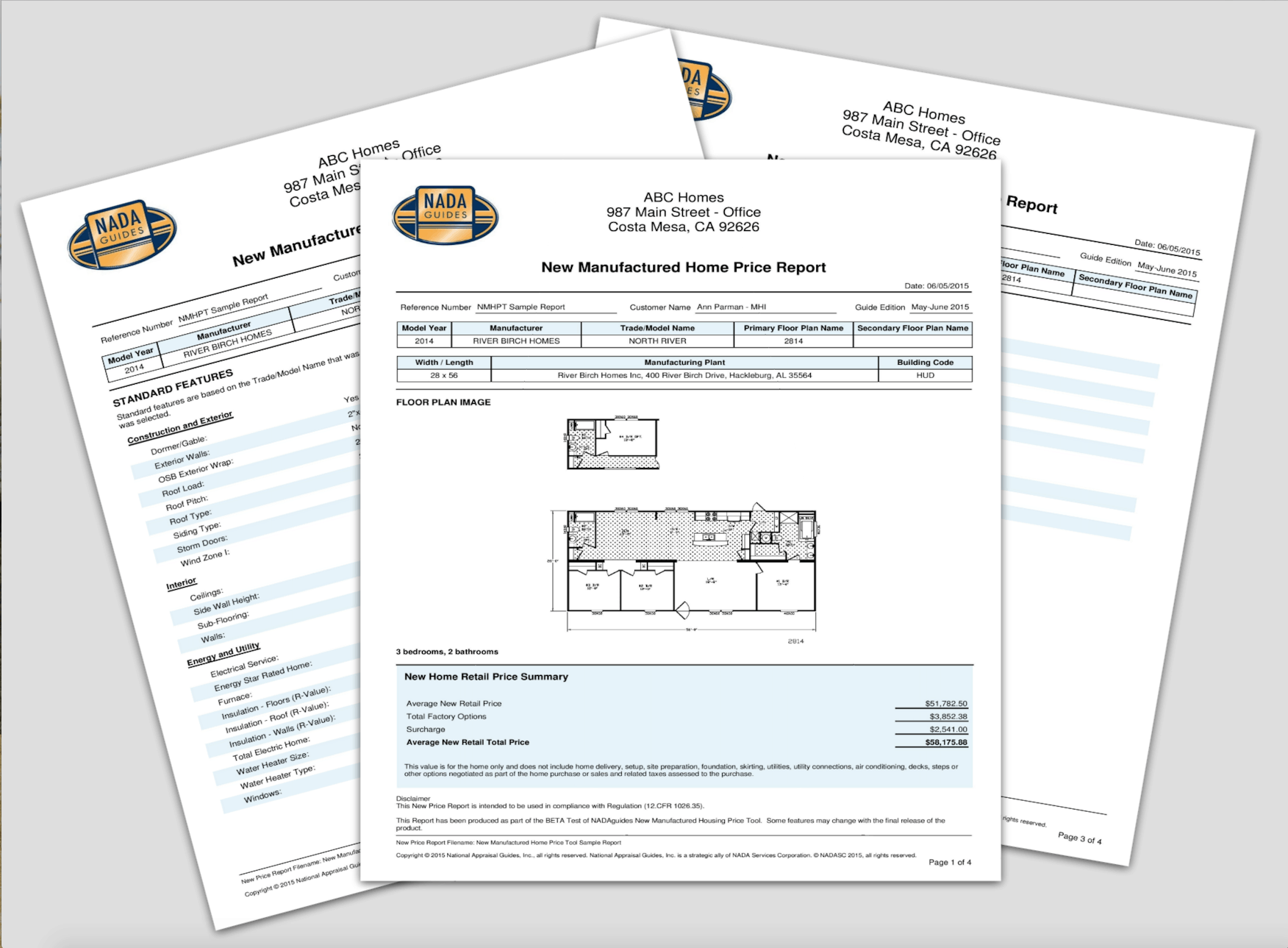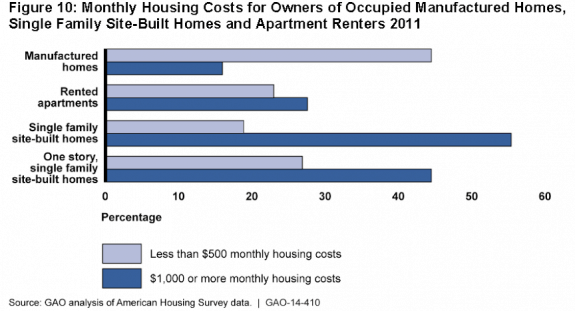Industry in Focus Report
by Eric Miller, MHMSM.com journalist


The 2nd home in this photo is a pre-HUD Code mobile home and the same may be true of the home in the foreground.
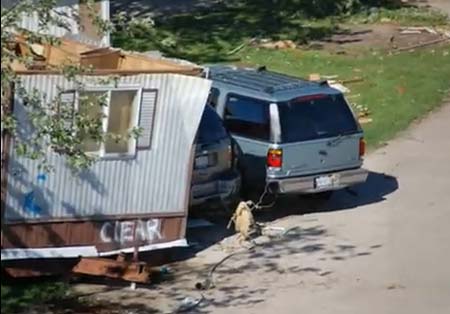
Visual evidence suggests this is also a mobile home, built before the HUD Code went into effect creating ‘manufactured housing.’
While most media reports showed an overturned mobile home, local officials pointed out that many homes and buildings built on-site were also destroyed. But anyone who merely read or saw media reports may have had the distinct misimpression that mobile or manufactured homes were the storm’s easiest targets, therefore the least safe housing option.

A lack of tie downs would explain the reason this mobile home overturned during tornado forced winds. Modern manufactured homes have tie downs installed that can prevent such occurrences.


Dwight Building Inspector Erv Daniels told mhmsm.com reporter Eric Miller that in addition to the mobile homes, the storm damaged or destroyed a high school, church and lumber facility and several site built houses. While all of the homes in the Dwight Mobile Home Park were damaged or destroyed, most of the visual evidence suggests these were older, pre-HUD Code mobile homes. Moreover, two other manufactured housing communities in town were left unscathed. Direction, timing and intensity of the wind may have been a factor to explain this disparity.

The homes in the Dwight Mobile Home Park varied in age, some having been set just a few months prior to the tornado – and most of the homes, according to Daniels, were tied down. Tie downs do provide significant added security, which is most helpful in the case of powerful straight winds. However, just as conventional houses and structures on concrete foundations don’t completely protect against a tornado, so too, tie downs don’t give complete protection against one of nature’s most devastating forces, namely, a tornado on the ground.



Insurance claims proven that Streator and Dwight IL witnessed more damage to conventional houses and commercial buildings than to mobile or manufactured housing.
Gwen and John Airgood, who own the Dwight Mobile Home Park, say the park consisted of 34 mobile and manufactured homes, some of which have been there for 20-30 years or more. “This is the first tornado ever to hit the park,” Gwen Airgood says. “It destroyed brick homes and stick homes, too.”

Dwight’s building inspector says the town has been hit by tornados before, but the last one might have been as long ago as the 1970s.

Tornado forced winds and storm pressures become so intense that it splintered this large, live tree
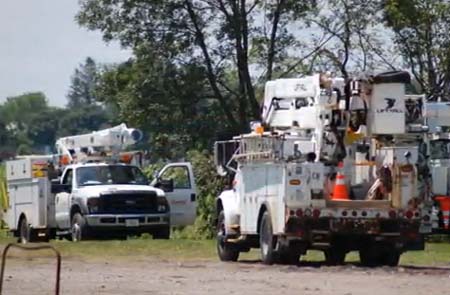
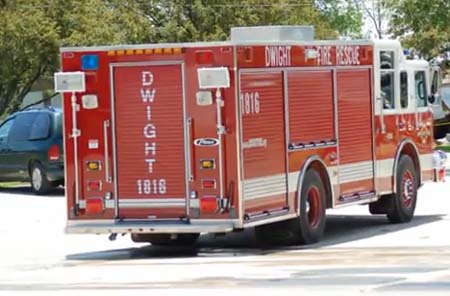
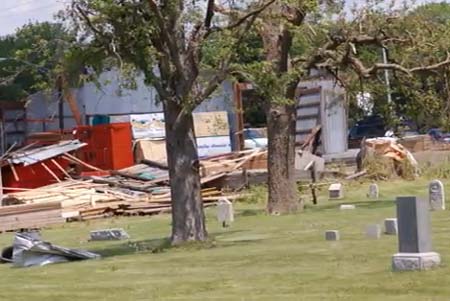
The conventional ‘on site’ building in the foreground is leveled, and the building behind it was severely damaged by the tornado that ripped through Dwight and Streator IL on June 5, 2010
Illinois Governor Pat Quinn declared Dwight and several other damaged municipalities a disaster area. A local news report accounted for at least 169 insurance claims in Streator and 47 in Dwight. These claims, as mhmsm.com learned, showed the majority of destruction was done to conventionally-built commercial and residential construction. And no lives were lost in the mobile or manufactured homes or elsewhere.
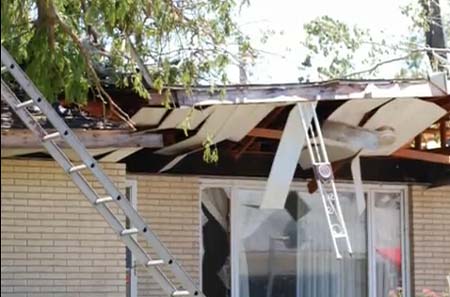
Visual evidence and insurance claims confirm that residential destruction in these two IL towns was greater to on site construction than to factory built construction. An equally important fact is that the most severe damage in Dwight Mobile Home Park seemed to be to older mobile homes rather than to modern HUD Code manufactured housing.
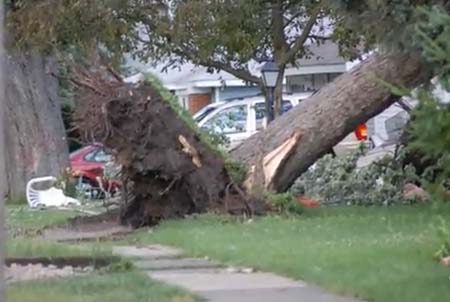
This conventional structure lies in ruins, along side downed trees.
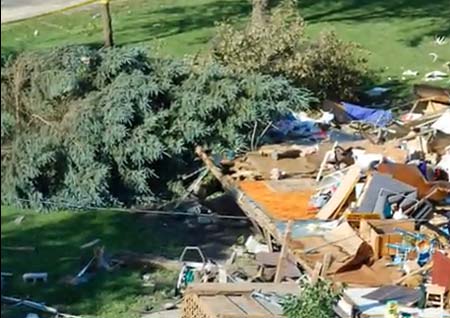
Trees were uprooted and splintered by the tornado forced winds.
In the tornado’s aftermath, John Airgood told mhmsm.com that clean-up was still underway and at least two displaced residents had expressed their intent to return to the manufactured home community.



Power lines and tress were among the victims of this terrible storm that struck these IL communities on June 5, 2010.
###















